Tourist Attractiveness of Rural Communes of Natural Values in the Warmińsko-Mazurskie and Podlaskie Voivodeships
Abstract
The condition of the natural environment is seen as one of the most important factors shaping the size and structure of tourism in the commune. To protect the natural diversity of the most valuable areas, protected areas are created. They require specific treatments to reduce the negative impact of tourists on the natural environment. On the other hand, represent an opportunity for the community, to achieve economic results through the development of the supply of tourist services. Research was carried on communes located in the Warmia-Mazury and Podlasie carried area where a national / landscape park exists or a commune area of minimum 50% area included in the Natura 2000 program. To analyse the tourist attractiveness of respondents communes a set of three measures was used: Baretje and Defert's indicator, Charvát's and Schneider's indicator. An opportunity for a comprehensive development of these communities is the proper management of valuable natural areas according to the concept of sustainable development.
Keywords
Tourism; Domestic tourism; Protected area; Sustainable development; Environmental assessment
References
Byszewska-Dawidek M., Jagusiewicz A., 2010. Turystyka wiejska w 2010 roku i założenia jej rozwoju. Instytut Turystyki, Warszawa.
Kurek W., 2007. Turystyka. Wyd. Nauk. PWN, Warszawa.
Mickiewicz B., Żych A., 2012. Turystyka wiejska jako ważny element rozwoju zrównoważonego "gmin naturowych" położonych na obszarze Zielonych Płuc Polski.
Wyd. Stowarzyszenie Naukowe Instytut Gospodarki i Rynku, Szczecin.
Niewiadomski K., 2010. Agroturystyka a turystyka - ze szczególnym uwzględnieniem relacji do przestrzeni wiejskiej na przykładzie obszaru woj. podlaskiego. Zesz. Nauk. Polityki Europejskie, Finanse i Marketing 3 (52), 466.
Tekiela K., 2003. Rok 2002 - rokiem ekoturystyki. Dodatek do "Aura" 7, 2-5.
Zachodniopomorski Uniwersytet Technologiczny w Szczecinie Poland

This work is licensed under a Creative Commons Attribution-NonCommercial 4.0 International License.
This journal permits and encourages authors to post items submitted to the journal on personal websites or institutional repositories both prior to and after publication, while providing bibliographic details that credit, if applicable, its publication in this journal.


